Minnesota Long-Term Phosphorus Management Trial: Phase I – The Build Period
Study author(s): Albert Sims, John Lamb, Dan Kaiser, Carl Rosen, Jeff Strock, Jeff Vetsch, University of Minnesota
Years of study: 2010 -2014
Location(s): Becker MN, Crookston MN, Lamberton MN, Morris MN, Rochester MN, Waseca MN
Important: for the complete report, including all tables and figures, please download using the link(s) to the right.
summary
Phosphorus fertilizer management in Minnesota is based on one of two philosophical approaches, Build and Maintain (B&M) and Sufficiency. Field research in the 1970s and 1980s suggested the Sufficiency approach applied less P fertilizer than the B&M approach while grain yields were similar indicating greater profitability with the Sufficiency approach. In recent years, it is argued that higher fertilizer applications associated with the B&M approach are necessary to obtain and maintain greater production levels in today’s agricultural systems. The concern is that the Sufficiency approach will not maximize yield potential.
The purpose of these trials was to establish long-term experiments that could be used to test phosphorus management strategies on soils with a defined long-term phosphorus history. In this initial phase of the experiment we are attempting to establish plots with four different STP levels on which other management strategies can be tested and evaluated. This means some plots will have a long history of excess P fertilizer applied relative to what is removed in the crop and some plots will have substantially less P fertilizer applied than is removed in the crop. From a long-term sustainability standpoint, it is important to better understand what pools of soil P are serving as a sinks and what pools are serving as a source of P depending on an excess or deficiency of P fertilizer application. While it is beyond the scope of this experiment to identify specific soil P compounds, there is a sequential fractionation procedure that can separate soil P into pools with varying degrees of solubility which is directly related to plant availability.
The primary goal of this project is to establish long-term field trials at several locations across Minnesota to test P management strategies. These trials will be developed in phases each with its own set of objectives. Phase 1 is the establishment of the long-term trials starting in the fall of 2010 and terminating in the fall of 2014 when Phase 2 will begin. In Phase 1, the overall objective is to establish experiments with STP interpretation classes ranging from Low, Medium, High, and Very High developed (built) over a period of four growing seasons (2011-2014). Ultimately we want to determine if maximum yield potential differs in soil systems managed with B&M or Sufficiency strategies, but the B&M treatments must be established first.
